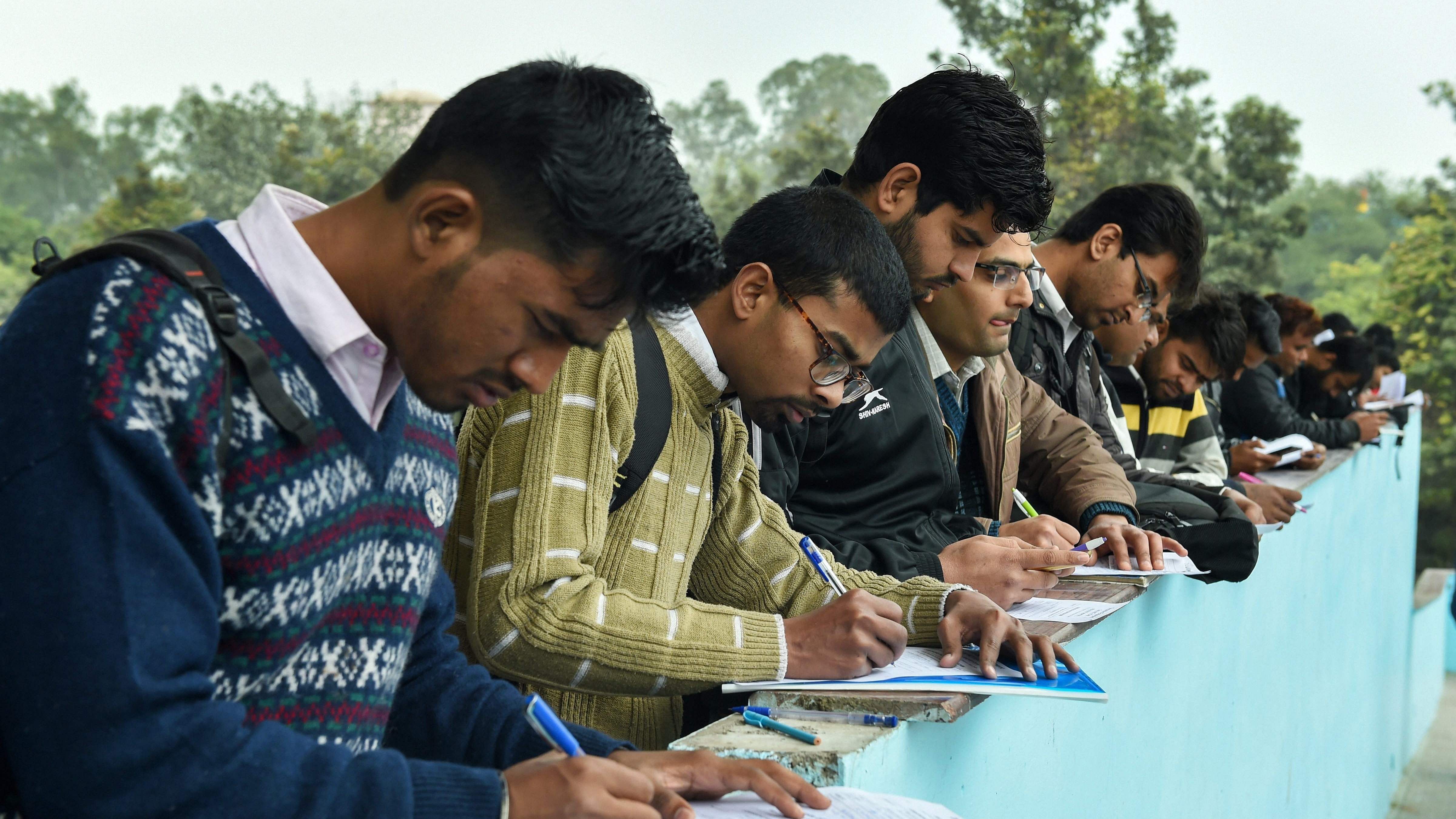
An industry report released on Sunday said the demographic dividend of India will become a liability if the country does not produce enough jobs and the required workforce by 2050.
The report prepared by CII said that while India is likely to add 101 million people in the working-age population between 2020-30, this number will reduce to 61 million and then to 21 million by 2030-40 and 2040-50, respectively. It is expected that India's working-age population will start declining in the decade post-2050.
The report titled ‘Harnessing India’s Demographic Dividend for Boosting Growth’ also analysed India's labour market imbalances, and highlighted how the skill mismatch and shortage can impact productivity growth, which is critical for India to enhance its long-term growth. In 2019-20, only 73 million of India's 542 million-strong workforces received any form of vocational training (whether formal or informal).To put it in a global context, the proportion of formally skilled workers as a percentage of the total workforce stands at 24% in China, 52% in the USA, 68% in the UK and 80% in Japan, against a paltry 3% in India.
It highlighted the key challenges that lie ahead for India in providing education and imparting employable skills, to its people over the next few decades.
“Although investment, reforms and infrastructure are likely drivers of India’s economic growth, no growth driver is as certain as the availability of people in India’s working-age group. India’s young population, its demographic dividend, gives India the potential to become a global production hub as well as a large consumer of goods and services”, highlighted Chandrajit Banerjee, Director General, CII.
"However, India does not have much time to utilize this dividend. While we are likely to add 101 million people in the working-age population between 2020-30, this number will reduce to 61 million and then to 21 million for 2030-40 and 2040-50 respectively. It is expected that India’s working-age population will start declining in the decade post-2050. Thus, 2020-50 provides India with a short window of opportunity to harness its demographic dividend. Swift action is required to make use of this Amrit Kaal which has been heralded, as India marches towards its 100th year of independence," he said.
The report further argued that not only is there a shortage of time but also that the rise in India’s working-age population is necessary but not sufficient for it to sustain its economic growth. If India does not create enough jobs and its workers are not adequately prepared for those jobs, its demographic dividend may turn into a liability. And Education and Skill Development will be the biggest enablers for reaping this dividend.
The report highlighted that high-quality school education, relevant higher education and skill development aligned to industry needs, are some of the prerequisites if India is to become an economic powerhouse that not only creates good quality jobs for its youth but also serves the rest of the world.
Check out the latest DH videos here:
